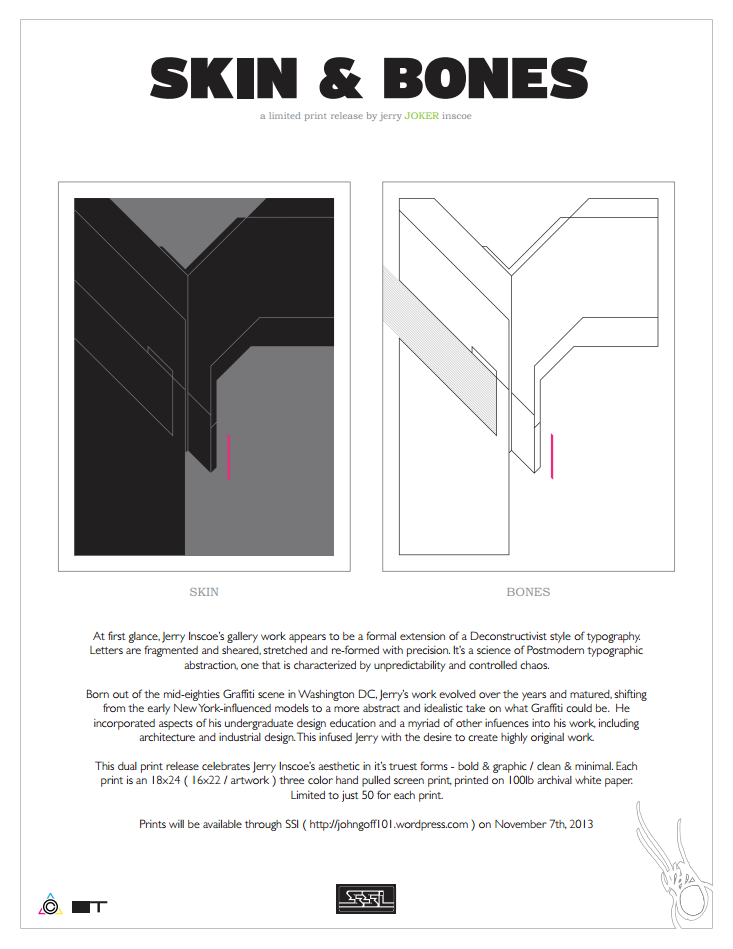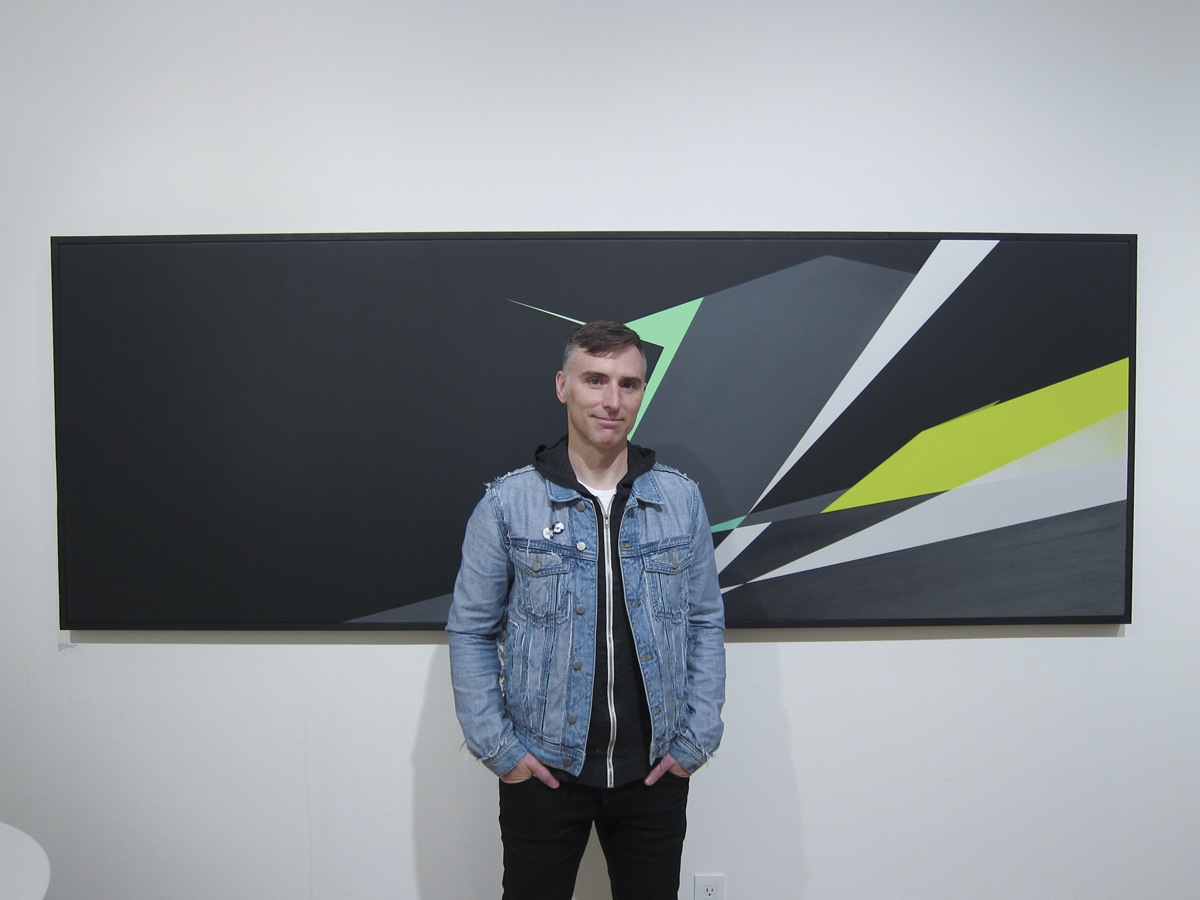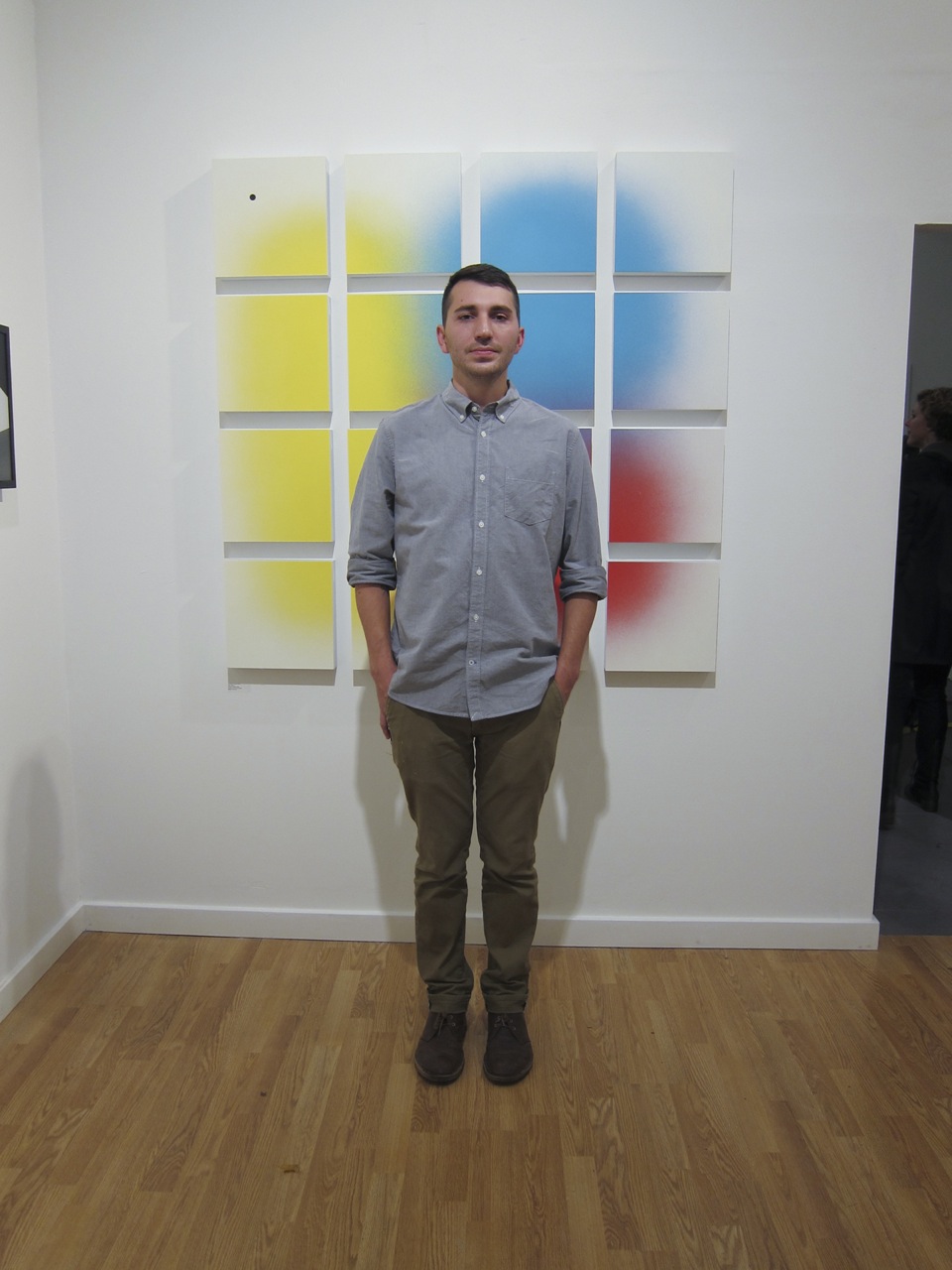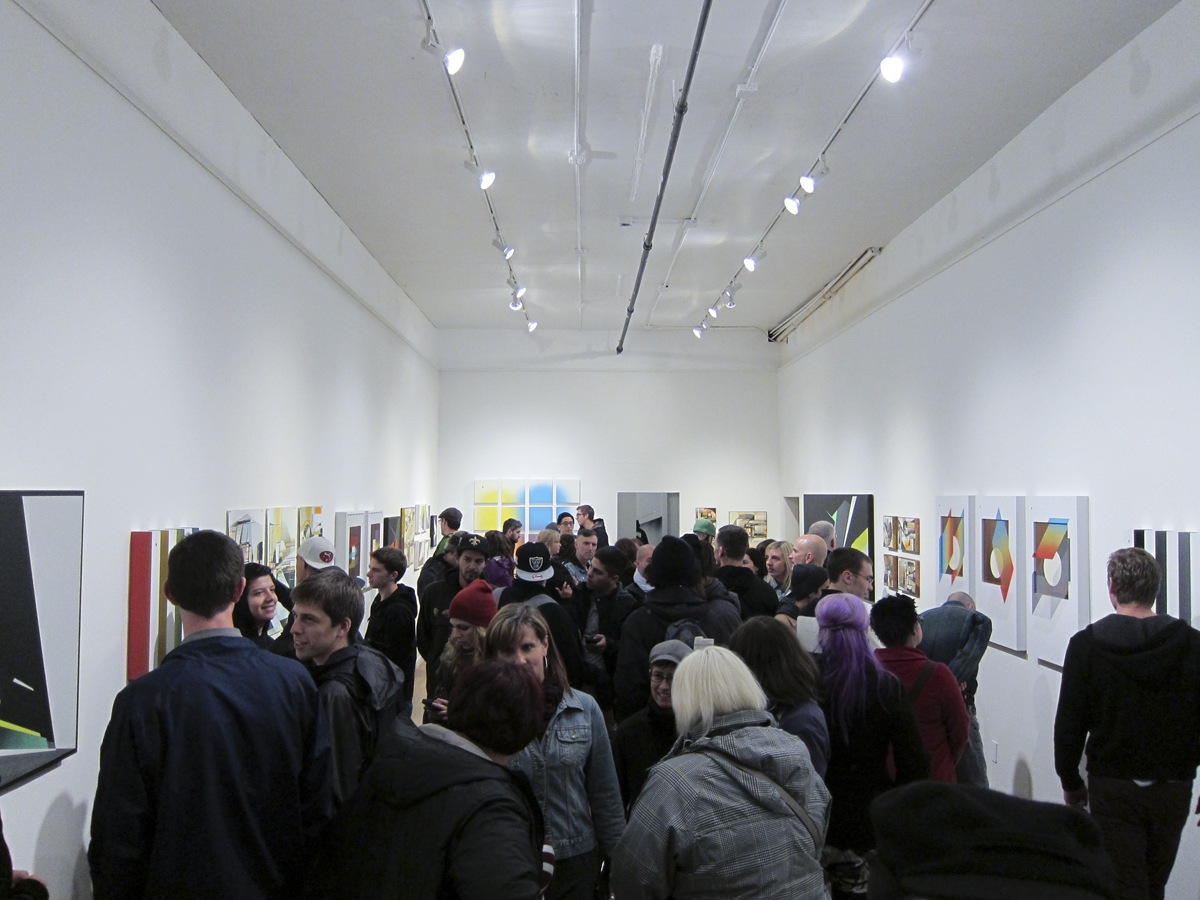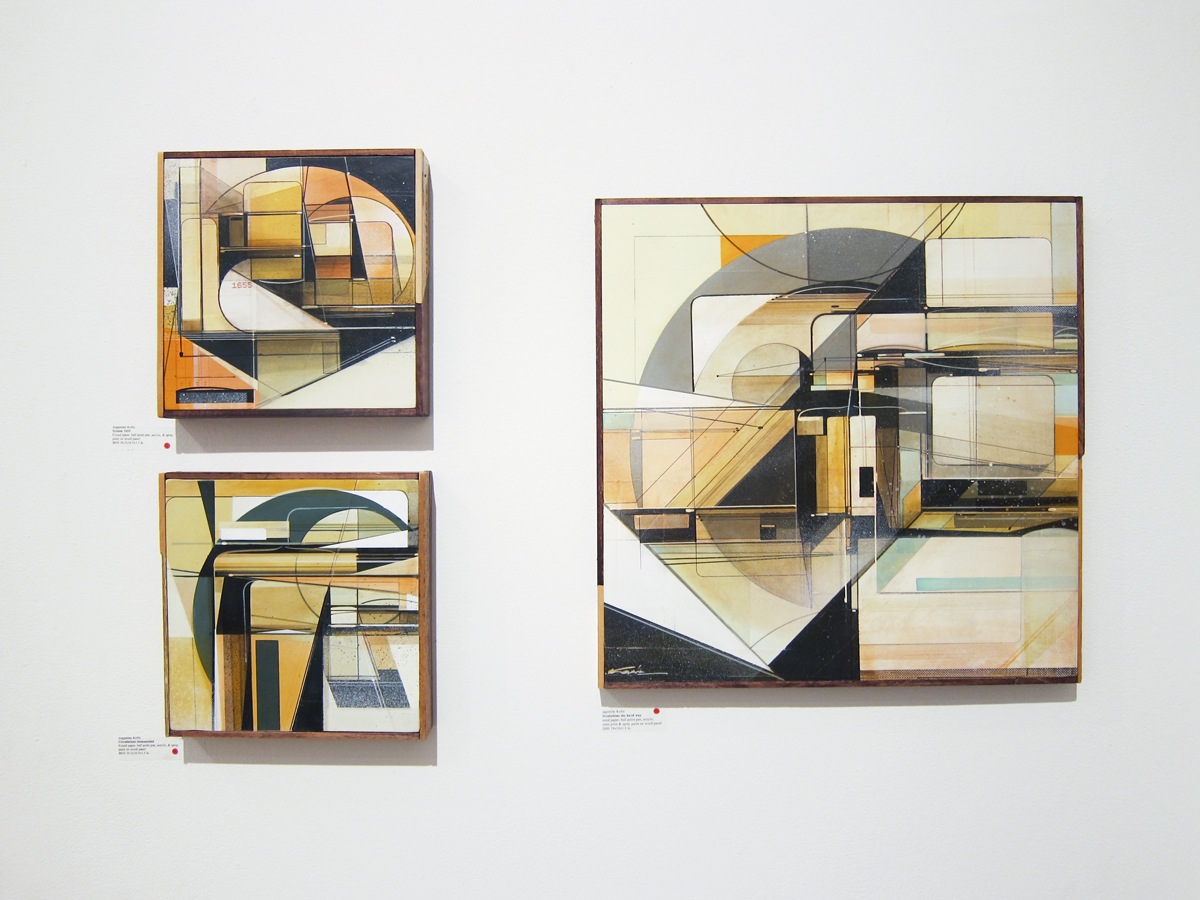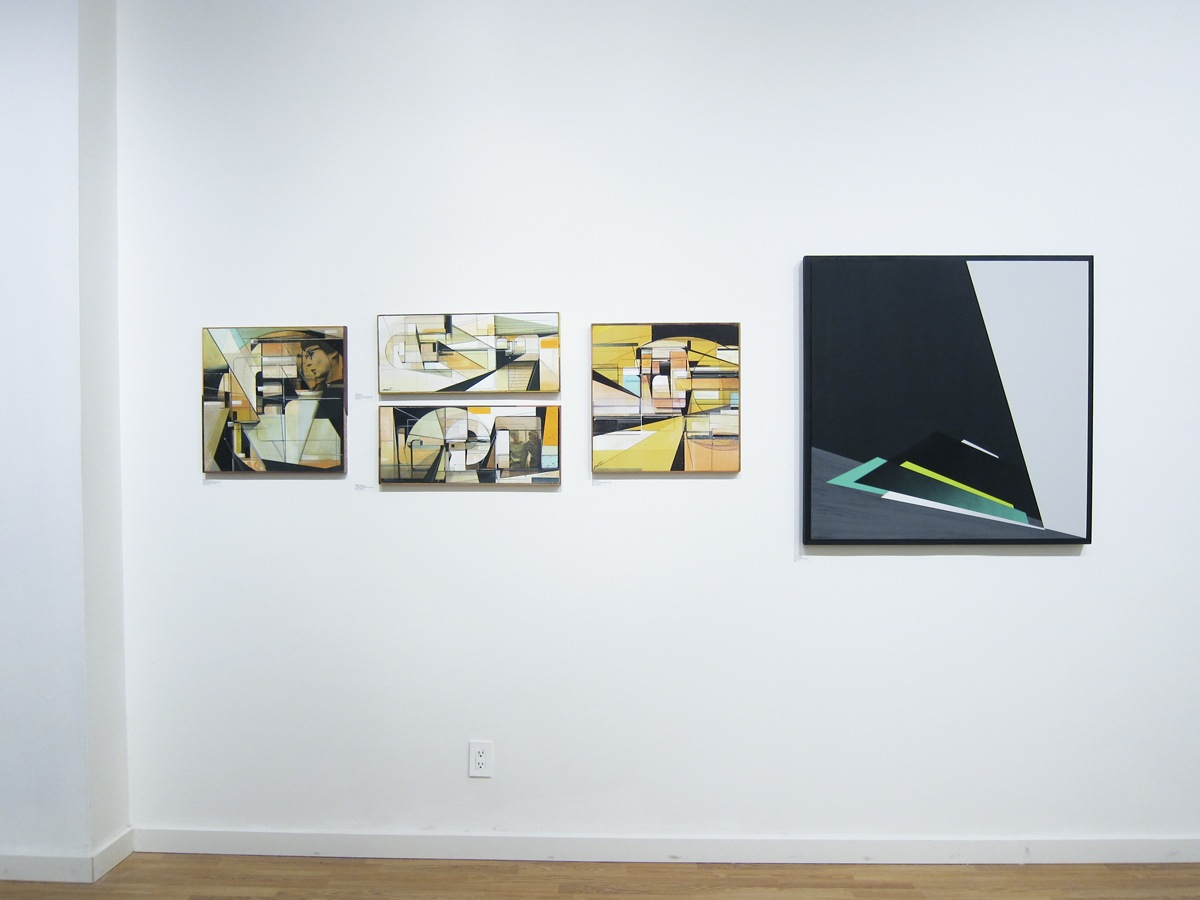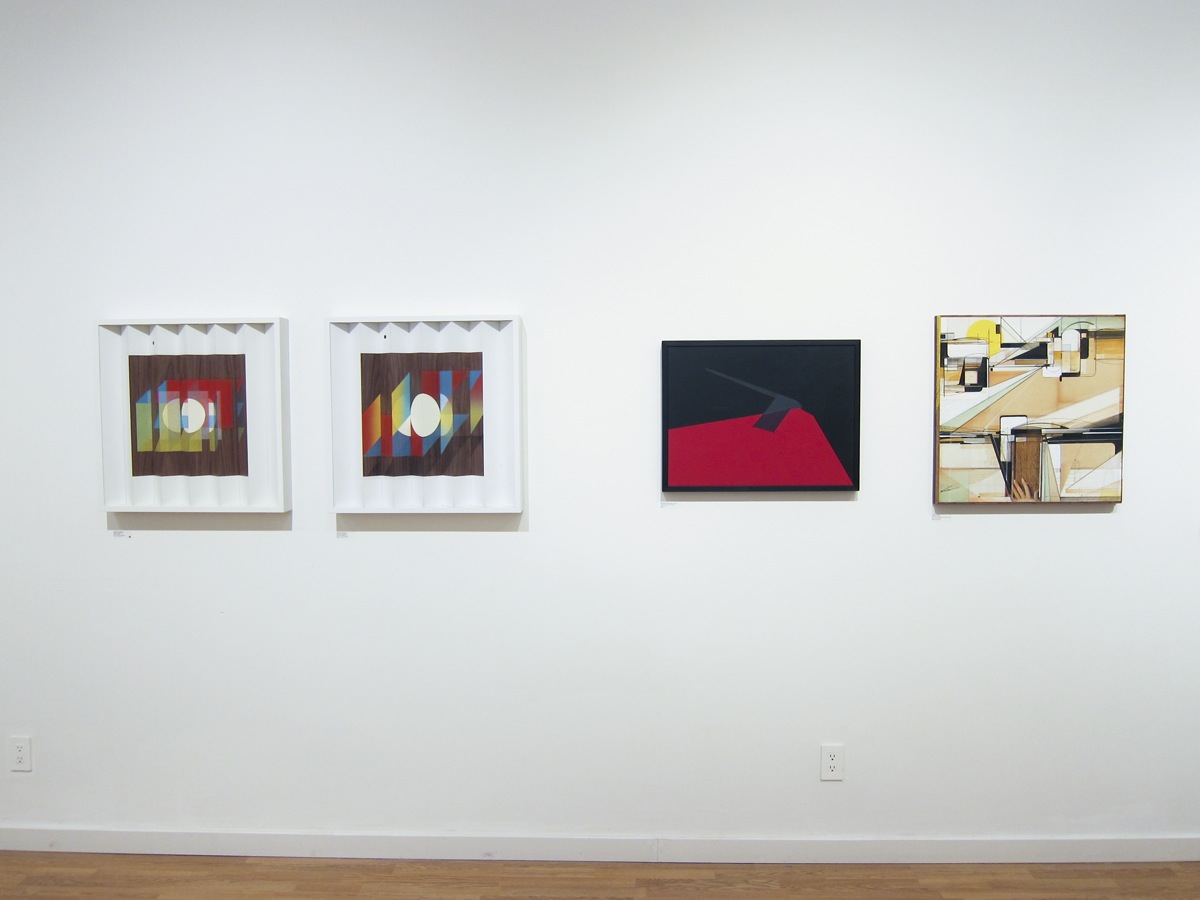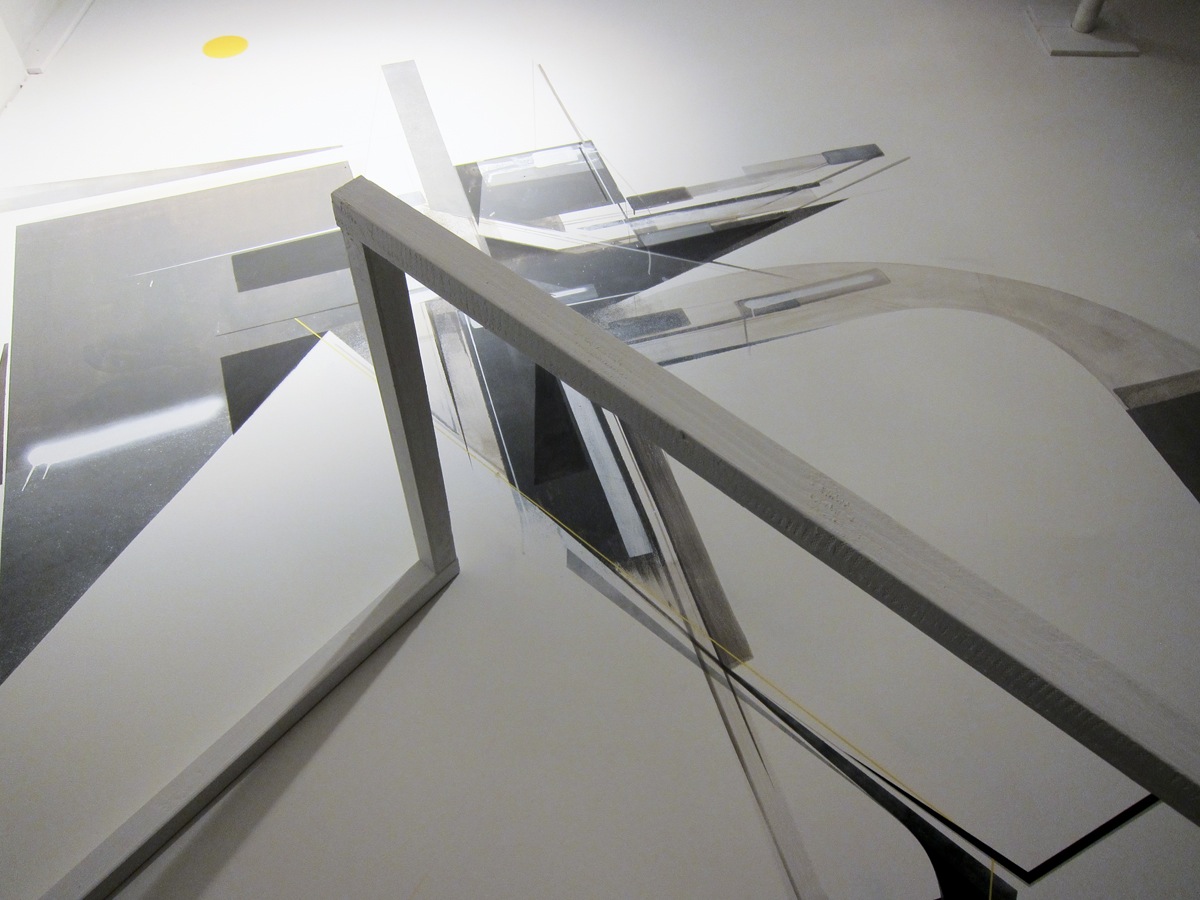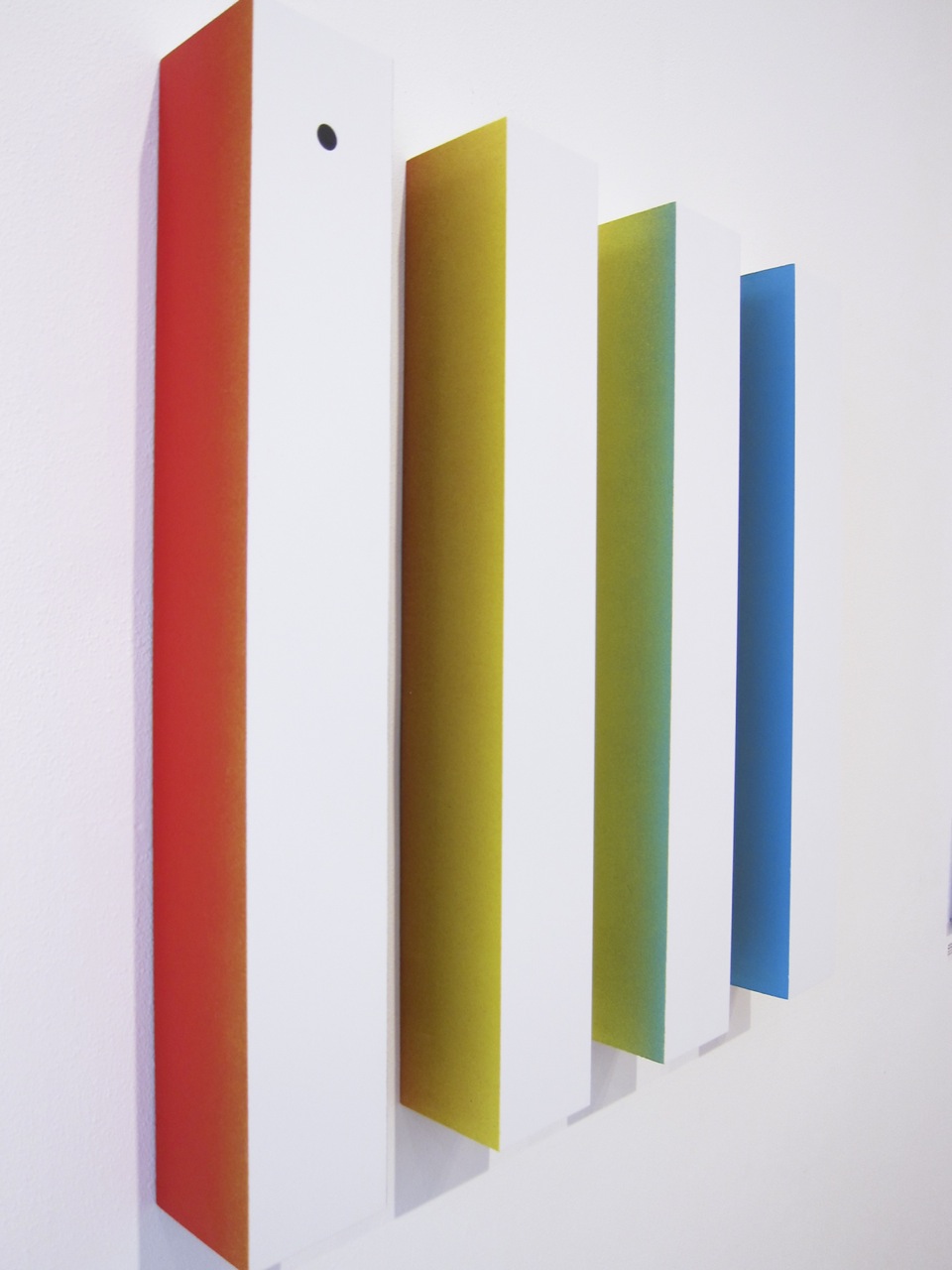Post by svenman on Jul 5, 2013 4:02:55 GMT -8
Came across this article today on Jerry's facebbok feed.
A great read full of historical context on his work. One of the true pioneers of graffiti / street art in my opinion, and his work is equally enjoyable on the side of a train, a giant mural on the side of a building or as a piece within a gallery.

Jerry Inscoe’s work is rigorous, intelligent, poised, and assured — the evidence of extensive formal exercise. It’s obvious that he has been working away at what he does for a long time, much of it under the graffiti nom de plume Joker. He flattens the ordered rationality of extruded volumetric masses, inverting architectonic norms for his own graphic purposes. Inscoe works in pop color schemes, twinning them with fields of neutral colors, alluding to the emotionlessness and anonymity of the mechanical as contrasted with the bright-hued green-yellows and magentas he often brings into play. His work is a model for cross-media practice, each channel encouraging interchange between the assorted aspects of his work. Inscoe’s explorations are studies of structures in tension, exploiting the relationship between line and mass. A constantly evolving vocabulary of geometric form balances elegance with heroism. This inquiry into the collision of the facade and the void calls into question concrete expressions and functions- complex and simplified contour lines interweave and contain one another in unpredictable variants. The work is imbued with a nonlinear, yet defined sense of place- visual orthography gone haywire and transformed into a there. His darker pieces are akin to witnessing a great transgression or to a purifying, boundary-exploding ascendance.
Inscoe was a Washington D.C. graffiti pioneer. His early work is well documented in Roger Gastman’s Free Agents: A History of Washington DC Graffiti. Skateboarding was what initially sparked his romance with graffiti, a Powell Peralta ad setting the earliest of stylistic models until he came across copies of the classics Subway Art and Spraycan Art shortly thereafter. He incorporated these influences and was soon one of the ten people actively writing graffiti in D.C. in the late 80s. After high school, Inscoe moved almost annually due to school and work, with stops in Fort Lauderdale, Pittsburgh, Tulsa, Livermore, California, San Diego, and Berkeley. His travels stopped in 1995 when he settled in Portland, Oregon, his current home.
Deconstructivist architecture was a giant influence, in particular, the drawings and renderings of Iranian-born British architect Zaha Hadid. Inscoe’s work is itself a formal extension of the Deconstructivist outpouring of the last twenty years- a reaction to more typical graffiti artwork in which three-dimensional lettering is rendered. Reacting to the work of writers like Erni, Delta, Zedz, and Daim, Inscoe inverts, decompiles, and reassembles three-dimensional space, reducing and abstracting: lines and arcs massing and converging with gothic insidiousness, defying isometric and axonometric mores, postmodern typographic elements, tribal angularity, and more typical NY-influenced wildstyle lettering with the occasional droopy-eyed character come into play in Inscoe’s work, as well, though they often take the back seat to his spatial constructions.
Along the way, Inscoe has always had a strong group of collaborators. One of his crews, BA (Burning America) was started by his old friend Jase, a writer from Baltimore infamous for his enormous output of graffiti on freight train cars (to date over 40,000 pieces painted). BA is one of the most innovative and formidable crews in the world. The roll call is a who’s who of graffiti veterans: Sope, Felon, Misk, Are2, Rust, Atom, Blis, Cha, Myth, Insight, Take5, Con, Wild, Apex, Neon, Giant, Cycle, and twelve others. It is precisely that because the crew is geographically disparate and stylistically so very diverse that makes them such an interesting group. More than a few of the individuals involved have made the leap from street art to gallery art, as well. Writers like Rust, Misk, Cycle, and Mike Giant exhibit internationally on a regular basis.
Another of his crews, Transcend, is an idealistic attempt to abandon the traditional graffiti crew and return to the model of the artistic collective. Traditionally, crews are organized groups of graffiti writers linked by geography and/or stylistic similarity who work collectively. Painting, sketching, obtaining supplies, and other graffiti-centric activities are often done as a group. Crew activity tends to be aimed at promotion and propagation of writing among peers, but does not extend into other realms of visual expression. Transcend veers from this path in it’s past and present inclusion of non-writers, as well as the group’s collective and individual forays into other media, as well.

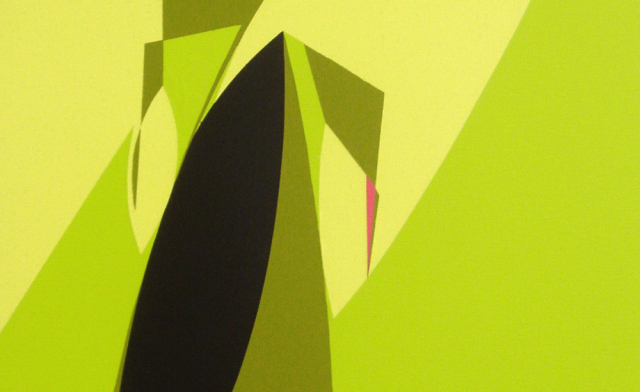
This is just an extract - much more on the full article.
A great read full of historical context on his work. One of the true pioneers of graffiti / street art in my opinion, and his work is equally enjoyable on the side of a train, a giant mural on the side of a building or as a piece within a gallery.

Jerry Inscoe’s work is rigorous, intelligent, poised, and assured — the evidence of extensive formal exercise. It’s obvious that he has been working away at what he does for a long time, much of it under the graffiti nom de plume Joker. He flattens the ordered rationality of extruded volumetric masses, inverting architectonic norms for his own graphic purposes. Inscoe works in pop color schemes, twinning them with fields of neutral colors, alluding to the emotionlessness and anonymity of the mechanical as contrasted with the bright-hued green-yellows and magentas he often brings into play. His work is a model for cross-media practice, each channel encouraging interchange between the assorted aspects of his work. Inscoe’s explorations are studies of structures in tension, exploiting the relationship between line and mass. A constantly evolving vocabulary of geometric form balances elegance with heroism. This inquiry into the collision of the facade and the void calls into question concrete expressions and functions- complex and simplified contour lines interweave and contain one another in unpredictable variants. The work is imbued with a nonlinear, yet defined sense of place- visual orthography gone haywire and transformed into a there. His darker pieces are akin to witnessing a great transgression or to a purifying, boundary-exploding ascendance.
Inscoe was a Washington D.C. graffiti pioneer. His early work is well documented in Roger Gastman’s Free Agents: A History of Washington DC Graffiti. Skateboarding was what initially sparked his romance with graffiti, a Powell Peralta ad setting the earliest of stylistic models until he came across copies of the classics Subway Art and Spraycan Art shortly thereafter. He incorporated these influences and was soon one of the ten people actively writing graffiti in D.C. in the late 80s. After high school, Inscoe moved almost annually due to school and work, with stops in Fort Lauderdale, Pittsburgh, Tulsa, Livermore, California, San Diego, and Berkeley. His travels stopped in 1995 when he settled in Portland, Oregon, his current home.
Deconstructivist architecture was a giant influence, in particular, the drawings and renderings of Iranian-born British architect Zaha Hadid. Inscoe’s work is itself a formal extension of the Deconstructivist outpouring of the last twenty years- a reaction to more typical graffiti artwork in which three-dimensional lettering is rendered. Reacting to the work of writers like Erni, Delta, Zedz, and Daim, Inscoe inverts, decompiles, and reassembles three-dimensional space, reducing and abstracting: lines and arcs massing and converging with gothic insidiousness, defying isometric and axonometric mores, postmodern typographic elements, tribal angularity, and more typical NY-influenced wildstyle lettering with the occasional droopy-eyed character come into play in Inscoe’s work, as well, though they often take the back seat to his spatial constructions.
Along the way, Inscoe has always had a strong group of collaborators. One of his crews, BA (Burning America) was started by his old friend Jase, a writer from Baltimore infamous for his enormous output of graffiti on freight train cars (to date over 40,000 pieces painted). BA is one of the most innovative and formidable crews in the world. The roll call is a who’s who of graffiti veterans: Sope, Felon, Misk, Are2, Rust, Atom, Blis, Cha, Myth, Insight, Take5, Con, Wild, Apex, Neon, Giant, Cycle, and twelve others. It is precisely that because the crew is geographically disparate and stylistically so very diverse that makes them such an interesting group. More than a few of the individuals involved have made the leap from street art to gallery art, as well. Writers like Rust, Misk, Cycle, and Mike Giant exhibit internationally on a regular basis.
Another of his crews, Transcend, is an idealistic attempt to abandon the traditional graffiti crew and return to the model of the artistic collective. Traditionally, crews are organized groups of graffiti writers linked by geography and/or stylistic similarity who work collectively. Painting, sketching, obtaining supplies, and other graffiti-centric activities are often done as a group. Crew activity tends to be aimed at promotion and propagation of writing among peers, but does not extend into other realms of visual expression. Transcend veers from this path in it’s past and present inclusion of non-writers, as well as the group’s collective and individual forays into other media, as well.


This is just an extract - much more on the full article.





